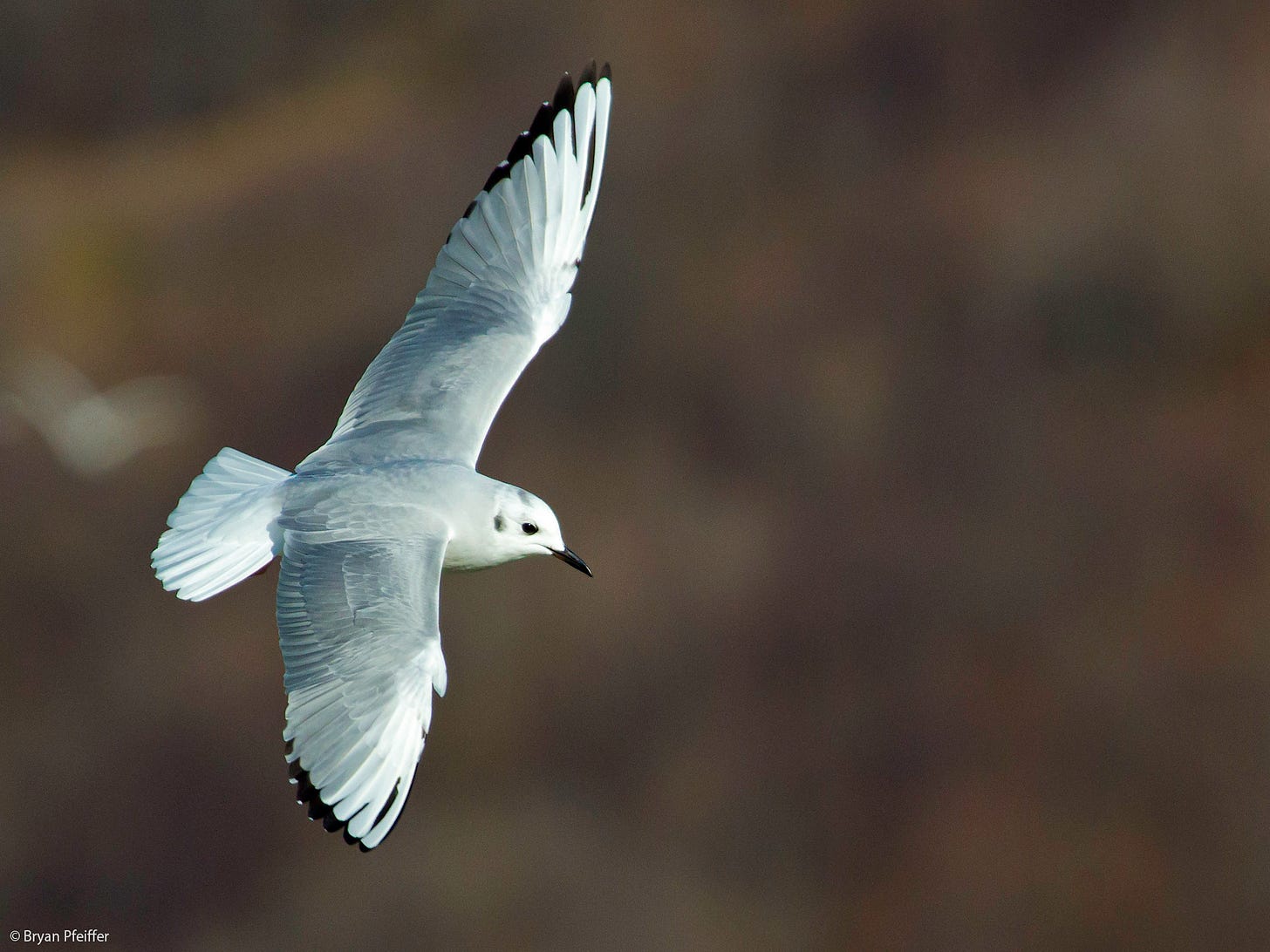Why Gulls?
A video presentation and tribute to some of Earth’s most audacious animals
IN THE MANY WAYS that nature comes into our lives, ways of grace or brutality, even ways of comedy or intellect, perhaps no other group of wild animals pulls it off with the versatility of gulls.
Whether they’re stealing French fries from the trash or taking defenseless puffin chicks from a nest, whether they glide elegantly in the company of whales or merely lounge on the beach contemplating the tides, gulls exhibit a range of behaviors we don’t often see in other wildlife. They also convey a kind of freedom in the world that we ourselves may never know.
To be sure, gulls know hardship — they suffer it and they cause it. But in their sovereign wanderings, gulls can make a mockery of our own lives of aspiration and distraction. Gulls have been places. They’ve killed and scavenged, nurtured their young, and drifted with no apparent purpose toward horizons at the far corners of Earth. And if only we would stop to spend more time with them, maybe gulls would share with us some of their journeys.
Or maybe not. Maybe they’re just gulls being gulls — ruthless, opportunistic, cosmopolitan, complicated, elegant, and beautiful for what they are.
Whatever the case, there are at least two ways for us to be with gulls:
as casual observers of them going about their business at shorelines, garbage dumps, farm fields, or fast-food joints
as birdwatchers learning their identities
In another installment at GO WILD, Chasing Nature’s new suite of benefits for paying subscribers, I’ve posted today in our Classroom an online presentation called “Getting Gulls.” It’s a mix of musings, photography, biology, and advice for anyone interested in these audacious birds, which also pose some of the greatest identification challenges in all of birdwatching.
For birders who want to know gulls, including immature gulls, much of the 66-minute presentation features my simple system for learning the essentials of gull identification.
Watch at your leisure. But do watch soon because for many of us early winter is gull season. After all, the songbirds have left for the tropics, butterflies are done, and the annual holiday bird count season begins today across the Americas. Gulls oblige (and await your counting). Besides, now is when you might find among the common gull species something rare and beautiful visiting from far away, like an Ivory Gull from the Arctic or a Kelp Gull from South America.
During more than four decades of watching birds, I have seen gulls do some truly gruesome things, mostly to other birds, which I’d rather not relate to you here. (I mention a bit of it in the video lecture.)
And yet some of my most treasured moments outdoors come in the company of gulls. One of them happens at dawn on the Atlantic coast. As I await the sun’s slow ascent from the sea, often into an orange pre-dawn sky, nothing is yet lit on shore. Not until the sun emerges hot-white from the ocean’s horizon will light strike me or anything else around.
Except for the gulls.
On the wing above, Herring Gulls are first to catch the light. It is kind to them. They glide with elegance and glisten at dawn. Watching them, waiting my turn, grounded, I know my place — second in the sun.
First light is gull light. They own it, and make better use of it than I would anyway. They’ve got things to do and places to go.
A Gull Barfing by the Sea
ALTHOUGH I HAVE an inordinate fondness for gulls, I do not make a habit of watching them throw up. But in the fog on a tiny island at sea, the Herring Gull and I had been spending quality time together. And the barfing, well, you know, these things happen.







"First light is gull light." Never would have known this and now will not forget!
I'm about halfway through the Gull lecture, and I'm mortified by how little attention I've been paying to them. Thank you for rectifying that, Bryan!